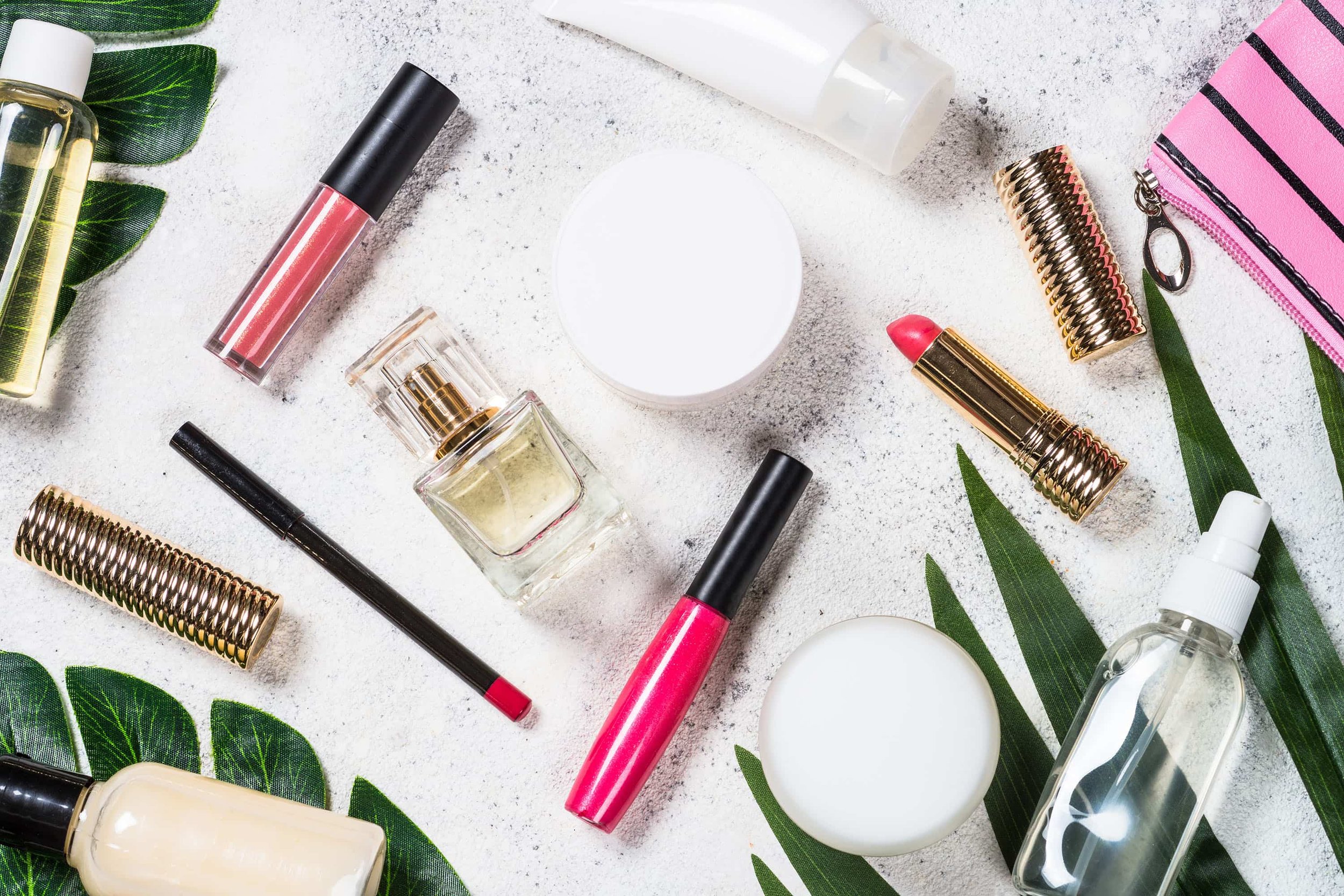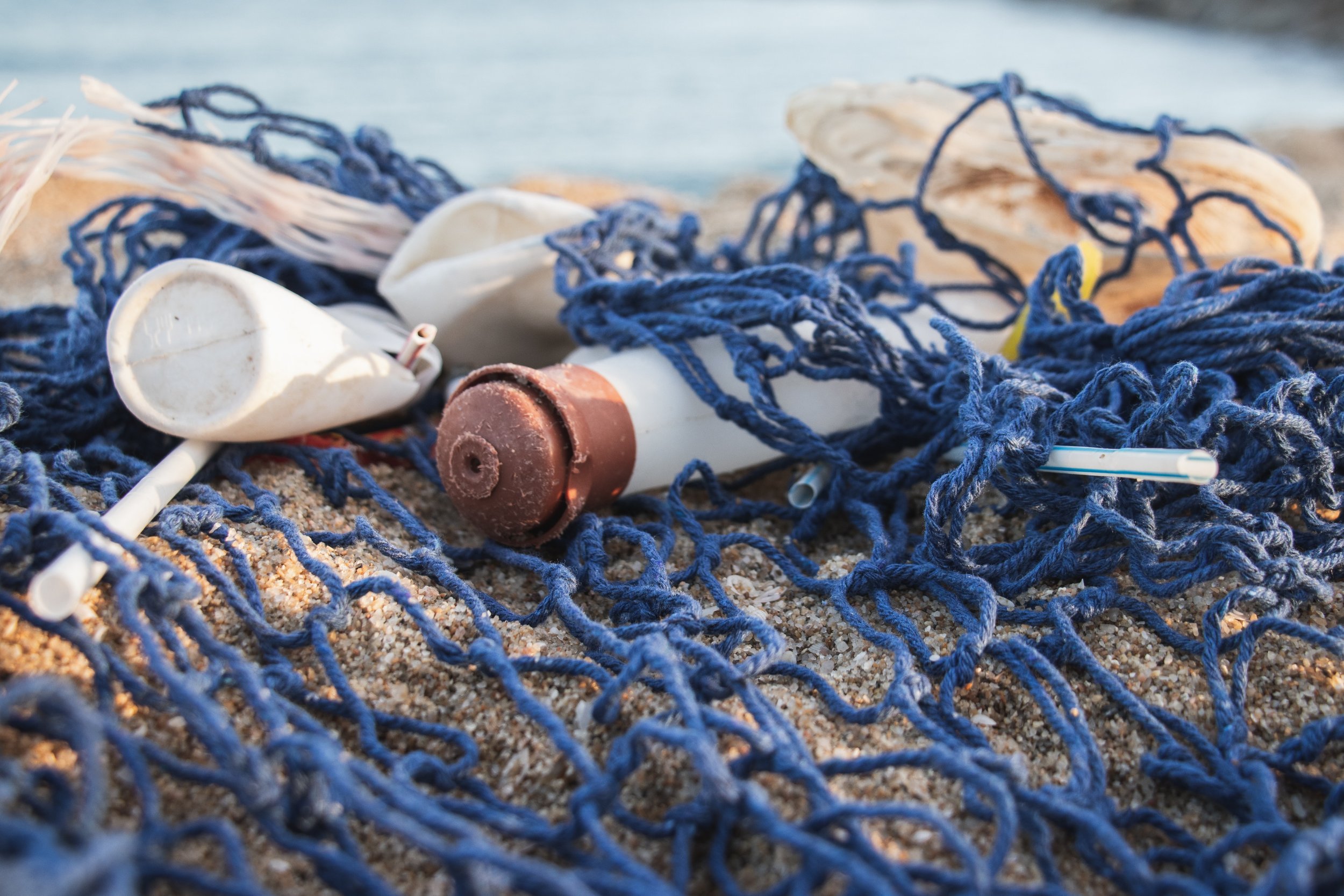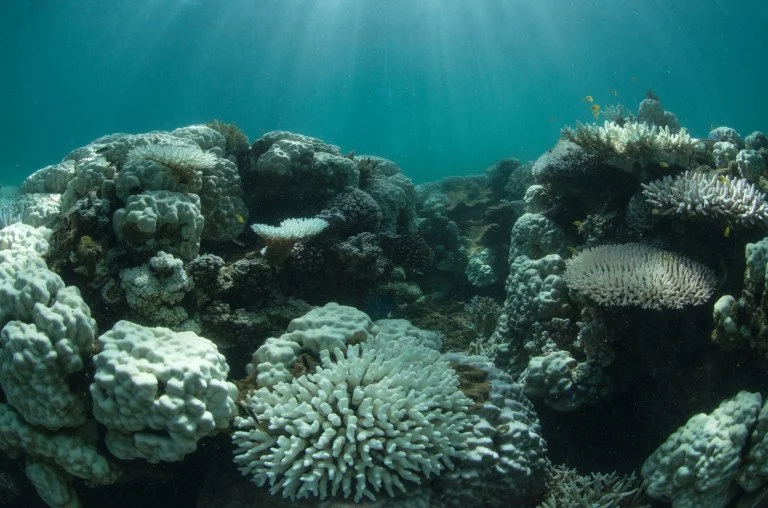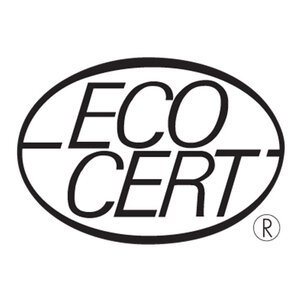
Beauty Products
What Is The Problem?
The beauty and personal care industry has grown exponentially since the turn of the 20th century. During the Great War hygiene codes were imposed to help stop the spreading of diseases among the troops, so when the soldiers returned home they brought new washing, shaving and tooth brushing habits with them.
By the 1920’s a ‘personal care’ industry had begun, with major brands, such as Unilever, beginning to produce campaigns advertising deodorants. At the same time, Hollywood began to significantly influence the women's beauty industry and American glamour began to spread around the globe.
At the same time, the plastics industry also exploded, and the durability of plastic packaging offered the beauty industry an opportunity to move from heavy, breakable glass, to pliable, lightweight plastic. This provided further opportunities for expansion.
By 1938, the beauty industry was worth $400 million in the US alone. Now, the personal care and beauty industries are estimated to be worth over $500 billion per year globally.
As a consequence, these industries are now some of the biggest contributors to pollution and waste around the globe. The production, packaging and ingredients of these products are all impacting our environment in several ways.
The Three Key Issues
1) Product Ingredients
Palm Oil:
70% of beauty products contain palm oil - a vegetable oil used in cosmetic products to provide texture and moisture. Palm oil derivatives glycerol, fatty acids and fatty alcohols are also used as emollients or to create foaming.
See our Palm Oil calendar entry for more information on the issues with Palm Oil use.
Microbeads / Microplastics:
it is estimated that there are around 51 trillion microplastics in our oceans today. Microbeads are tiny pieces of plastic that are found in many exfoliants and scrubs. When you use these products the microplastics are washed down the plug along with the rest of the product and end up in the ocean. These microbeads then pollute the water and contaminate the food chain with toxins.
See our Health of the Oceans calendar for more insight into how microplastics are affecting our waters.
Fortunately, the Microbead-Free Waters Act was passed in 2015, banning microbeads as an ingredient in any product in the US.
Chemicals:
The beauty and personal care industries use chemicals in their products to help preserve and enhance their effects. However, 82,000 chemicals from personal-care products may be tainting the seas.
1) Sulphates
These salts are formed when sulphuric acid reacts with another chemical. They are also produced from petroleum, and palm and coconut oil. They help create lathering in products. They can cause skin irritation, and can be toxic for aquatic species.
2) Parabens
They are used to preserve and keep skincare and makeup germ free. They can interfere with reproduction and brain function.
3) Phthalates
These are salts or plasticising chemicals, used to help products spread, or as softeners in shampoos. They have been shown to have effects on reproductive and developmental health. Again, they wash into our water systems and affect the health of our oceans.
4) Triclosan
These can be found in toothpaste, antibacterial soap and deodorants, and are used to combat microbes. They can cause skin irritation, and some studies have shown links to tumour growth in mammals. They break down slowly and are dangerous to aquatic life.
5) Lead
This is a heavy metal naturally found in the earth's crust, lead is used in many lipsticks, eye-liners, foundations and whitening toothpastes. Exposure to too much lead in our air, food and water is dangerous for us and the environment.
6) Oxybenzone, PABA, benzophenone, ethoxycinnmate and homosalate
These are all used in sun creams. 14,000 tons of sunscreen are thought to wash into the oceans each year. Oxybenzone disrupts coral reproduction and growth cycles, ultimately leading to bleaching. It has been found in bird eggs, fish, coral, humans, and other marine mammals. In humans, exposure has been found to increase women’s risk of reproductive diseases like endometriosis.
2) Waste:
Plastic Packaging:
Packaging pollution has become a major environmental issue for the cosmetic and consumer goods industries, as it is believed they generate approximately 300 millions of tonnes of plastic waste each year.
Plastic packaging can be as much as 60 times cheaper than cardboard alternatives, meaning that in an industry where profit margins are small, the cheapest packaging is the one that is more likely to be used.
For more information on plastic pollution check out our April calendar entry ‘Health of the Oceans’.
Applicators:
These are items such as cotton pads and makeup wipes, which people use to apply or remove products.
Most of these are designed to be disposable, but not biodegradable.
The average woman uses around 3 cotton pads per day, equating to one woman using around 1 thousand per year!
Around 1.3 billion wipes are thrown away every day, equating to 7.6 billion added to landfill every year, making wipes the third most wasteful product in the world.
Unfortunately, once these products are disposed of they tend to hang around. Cotton pads/buds can take around 1-5 months to decompose, whilst face wipe can take up to 100 years.
3) Pollution:
Water Pollution:
Water pollution is caused by non-biodegradable elements of products washing from our bodies into our rivers, seas and oceans. All this residue builds up in the aquatic environment, leading to disastrous consequences for the fauna and flora that encounter it.
For example, as discussed above, chemicals such as Oxybenzone this can significantly affect coral reef health.
Air pollution:
Air pollution is caused by the generation of CO² emission from the process of extracting, transporting and refining petrochemicals and mineral oils that are used in both packaging and products in the cosmetics industry.
The evaporation of some of the ingredients that are used in cosmetics can also cause harmful effects to the environment. For example, siloxane’s, which are mainly used in shampoos and skin lotions to make them feel silky, have been found in large quantities in the air, adding to air pollution in populated areas.

Our Tip
Instead of purchasing one time use products such as wipes, why not try bamboo or cotton face pads which can be used over and over again.
How You Can Help
The main way in which you can help combat these issues arising from the beauty and cosmetics industry is to shop more ethically and sustainability. Make sure you research the brands and products before you buy, as voting with your money is the most powerful way in which we can make changes to the industry.
Shop Organic, Natural & Eco
The number of organic and natural products on the market is on the rise.
By choosing products that are organic and contain only natural ingredients you can support brands that are working towards making the industry more environmentally friendly, as well as helping to reduce the amount of chemicals that end up in our environment. By choosing to shop natural you are also helping the workers who make the products, providing them with safer working conditions.
Choose Plastic-Free
Try using brands that only use plastic-free packaging. As an alternative to bottle products, try switching to shampoo and soap bars. Or where this isn’t possible, look out for products in packaging that is easier to recycle, such as aluminium, or is biodegradable, such as cardboard. Many brands now offer recycling schemes, where you return empty containers and they will refill them to be sold again. Some even offer drop off points at places like supermarkets or pharmacies, so you don’t even need to post off your empties.
Choose Reusable
Instead of purchasing one time use products such as wipes, why not try bamboo or cotton face pads which can be used over and over again. They may be more of an investment in the beginning, but they will save money and waste in the long run.
Reuse Containers
Don’t just throw away your old containers, why not give them a new purpose. You could use an old bottle for storing makeup brushes, or growing plants. The possibilities are only limited by your imagination.
Consciously Recycle
When it comes to recycling your containers don’t put your empty cosmetic containers or packaging in a plastic bag. Place them into the recycling bins loose, as some sorting machines can’t always sort them and they will end up in landfill.
There’s no need to waste water washing your containers. Just give them a good scrape clean or use your leftover washing-up water.
Some councils will accept your cosmetic containers with lids whilst others won’t. It depends on what equipment and processes are in place. Contact your local council to find out what is right for your area.

Our Tip
You can check what can and can’t be recycled in your area by using the following link:
Useful Symbols
ECOCERT
A non-governmental certified programme that evaluates the organic contents of products.
Leaping Bunny
No animal testing performed by the manufacturer as certified by the coalition for consumer information on cosmetics.
Cruelty Free
PETA certification programme to indicate that no animal testing has been done by the manufacturer and its supplier at any point during the product’s lifecycle.
Useful Links & Further Information
Click the title below for further information.
-
As a consumer, you should be able to choose for yourself whether you want a product with or without plastic. With the Beat the Microbead app it’s now easy to check your cosmetics for microplastics.
-
All the information and inspiration you need to revolutionise the way you spend, save and live. Ethical Consumer provides all the tools and resources you need to make choices at the checkout simple, informed and effective.
-
EWG’s mission is to empower people with breakthrough research to make informed choices and live a healthy life in a healthy environment. They have a useful tool to check how safe your beauty products are.










